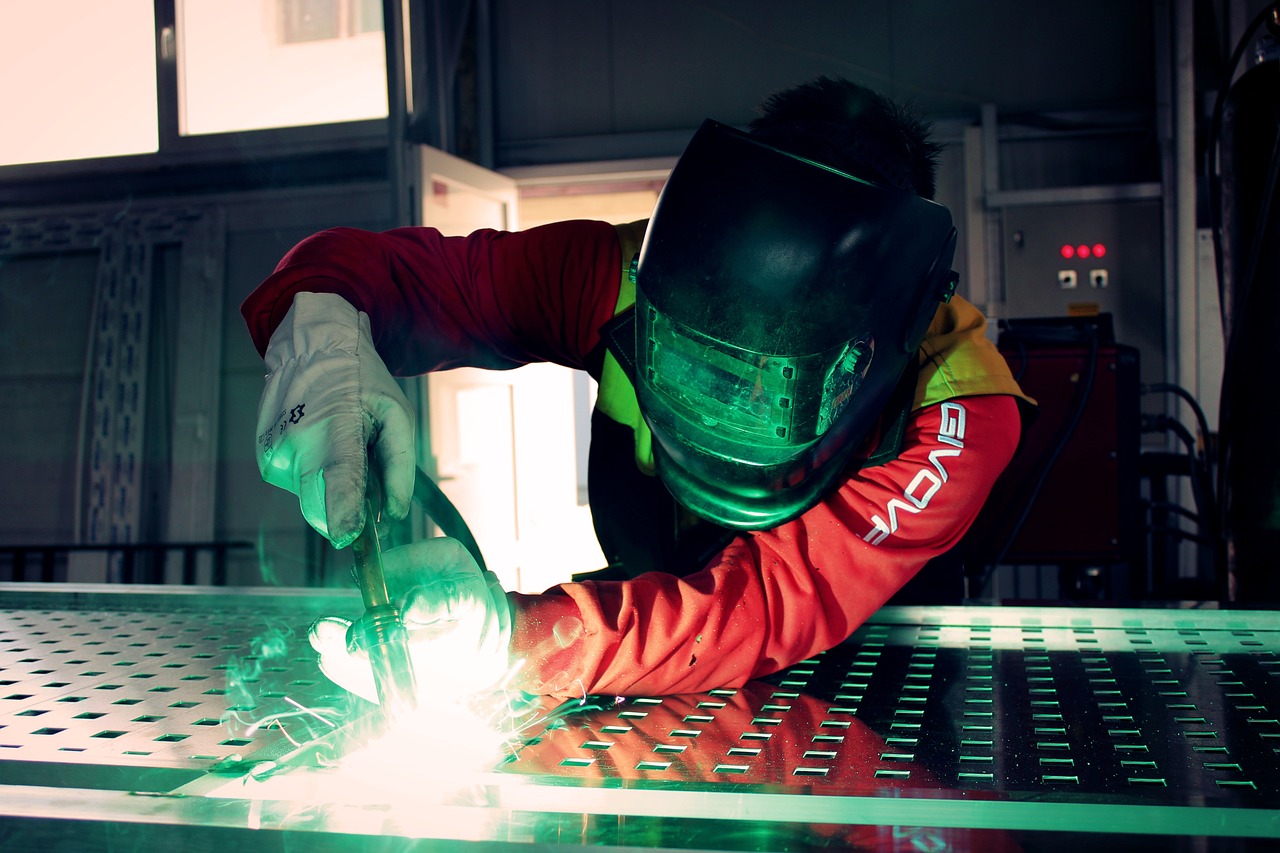
Enhance efficiency, quality, precision, and sustainability with the latest advancements in TIG & MIG welding, from robotic automation to hybrid techniques.
Welding is a fundamental process that has shaped the modern world and has undergone a remarkable transformation in recent years. From the traditional techniques of TIG (Tungsten Inert Gas) and MIG (Metal Inert Gas) welding to cutting-edge advancements in automation and robotics, the welding industry has improved efficacy, precision and safety.
We will look into the latest innovations in TIG and MIG welding, exploring how these technologies are revolutionising the industry and paving the way for a future where welding is faster, more precise, and more sustainable than before.
Understanding TIG & MIG Welding
• TIG Welding: Tungsten Inert Gas (TIG) welding is renowned for its precision and clean welds, making it ideal for critical applications in industries like aerospace and medical equipment.
• MIG Welding: Metal Inert Gas (MIG) welding is known for its speed and versatility, making it suitable for a wide range of materials and thicknesses.
Automation and Robotics in Welding
The rise of automation and robotics has had a profound impact on the welding industry. Robotic welding systems, guided by advanced computer systems and artificial intelligence, offer unparalleled precision, consistency, and productivity.
These robotic welding systems can work tirelessly, switching between tasks seamlessly and ensuring that every weld meets the highest standards of quality. Compared to manual welding, automated welding processes can minimise the chance of errors and inconsistent welds, increasing speed, precision, and quality.
Hybrid Welding: Combining the Best of Both Worlds
Hybrid welding combines the strengths of different welding techniques to create a more efficient and effective process. By integrating MIG welding with other processes like laser welding, hybrid welding can produce high-quality welds with minimal distortion and porosity.
One example of hybrid welding is the combination of laser welding and GTAW. Laser welding provides precise heat control and melts the metal, while GTAW adds filler material and controls the weld pool. This synergy allows for welding a wider range of materials and thicknesses, making hybrid welding a valuable tool in industries that require advanced welding capabilities.
Future of Welding Technology
The welding industry has come a long way from its humble beginnings, and the future looks brighter than ever. With the latest innovations in TIG and MIG welding, combined with the rise of automation and robotics, welding has become faster, more precise, and more sustainable than ever before.
As we move forward, we can expect to see even more exciting developments in welding technology, from advancements in materials science to the integration of artificial intelligence and machine learning. By embracing these innovations, the welding industry can continue to push the boundaries of what is possible, creating stronger, more reliable structures and products that will shape the world of tomorrow.